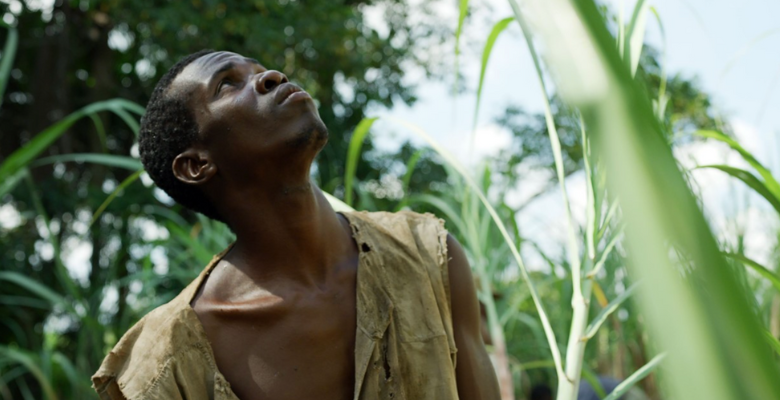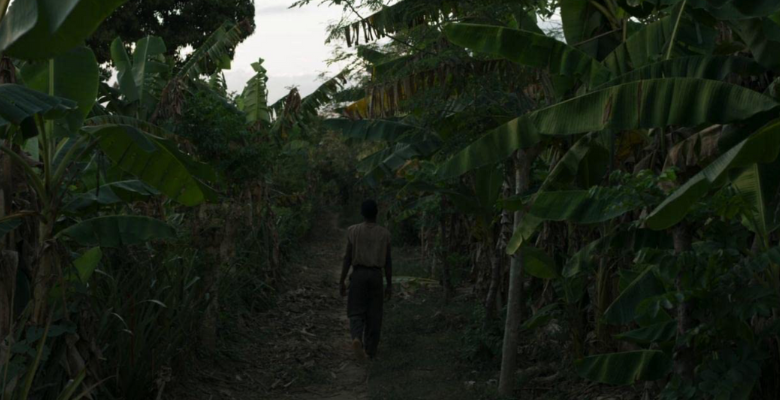‘Zombi Child’: Linking Zombies, Haiti’s Colonial Past, and Freedom [Horror En Español]

The current zeitgeist of zombies follows the Western perspective of walking—and in some cases running—corpses with the unstoppable urge to feast on the living. This is thanks to one of the best horror directors George R. Romero’s debut film Night of the Living Dead. The metaphors can vary greatly between consumerism in Dawn of the Living Dead to urbanization in Plaga Zombie. But still, a common denominator in many zombie films is their use of race relations.
For example, Night of the Living Dead wasn’t initially written with the intent to speak on race. However, Romero hiring Duane Jones, a Black lead, during a time of social disruption does change the trajectory of the film’s themes. This leads to the origins of Americanized cannibalistic zombies being centered around race. But this has always been within the history of zombies. Their creation is connected to colonial West Africa, which is seen in the 2019 film Zombi Child.
Haiti’s History with Zombies
As the French colonizers transported African slaves to the island of Saint-Domingue, which is now Haiti, Vodou evolved into Voodoo. Through the combination of the practice of Voodoo and Haitian folklore, the ideology of zombies sprouted. But Haitians weren’t scared of the zombies themselves like how modern horror films depict. Instead, they were scared of becoming enslaved within their bodies. Before the craze of brainless Western zombies, Haitians believed zombies were soulless. These creatures sulked on the plantations for eternity. They were to never return to lan guinée, their home in West Africa, after death.
Haiti has become famous for accruing zombie incidents with one of the most prominent cases in 1962 involving Clairvius Narcisse. It is said that Narcisse met his death after ingesting substances found within a pufferfish’s venom. This is where the film Zombi Child, written and directed by French filmmaker Bertrand Bonello, opens its film. Zombi Child follows three plot lines, each of which deals with a generation within Narcisse’s family.
The first follows Narcisse, played by Mackenson Bijou, journeying as a zombie. The second follows his fictitious granddaughter Mélissa (Wislanda Louimat) as she tries to fit in with her classmates in a boarding school in Paris. And lastly, Mélissa’s aunt who’s a mambo, or priestess of the Vodou religion who speaks to the dead. The two plot lines between Narcisse and Mélissa never intersect. Still, Bonello uses zombies and Voodoo as a link between them to discuss the idea of the presence of Haiti’s colonial history and the true meaning of liberty.
Enslaved in a Soulless Body
Bonello introduces these ideas with Narcisse. After his death, unnamed men go to his grave and retrieve his corpse and zombify him. But instead of roaming an apocalyptic landscape with ruins, he is forced to work with other zombies, chopping down huge greenery with a dull machete. In between each painful and tiresome swing, the zombies are groaning and moan as they are forced to use their bodies for work even after death.
This scene gives us the very definition of the fears Haitians had during their enslavement in the colonial era. At the time, Haitians were slaves to their own flesh. They could never reach their home in Ian Guinée to be free. One of the zombies even manages to mutter, “What did I do to deserve this?” His question goes unanswered and he is pushed back into line and continues on with the back-breaking labor. Narcisse takes a second to look up into the open sky. He contemplates if this is all that is left. The only sounds he hears are the tired zombies and the humans yelling to work faster.

The film then switches to modern times as we meet his granddaughter Mélissa. She is in the middle of a lecture with the professor talking about the French Revolution and Liberalism. The professor proposes the notion that liberty will never quite come to fruition and it only emerges in experiences. This foreshadows the life of Narcisse and his conclusion in the final act. But before the film reaches its climax we are taken through another class that parallels Narcisse’s journey through a dreamlike Haiti in search of his freedom. Narcisse escapes the fields after accidentally ingesting salt. It is said through Haitian folklore, and in the film by Mélissa, that once a zombie tastes salt it helps revert them. What typically follows is them killing their master in aggression and returning to their new home in the grave.
The Story of Clairvius Narcisse
During Mélissa’s second class in the film, the professor covers how Realism in French literature focuses more on the details than the narrative plot. While these two class scenes seem excessive to have within the first fifteen minutes of the film it helps set up the second act. After escaping the fields, Narcisse strays from typical Haitian folklore. He doesn’t wake up in anger like in the proposed mythology.
Instead, his “soulless” body begins focusing on the detail around him. Narcisse sees the beauty that makes up the landscape of Haiti through the magnificent cinematography by Yves Cape. He begins to wash his body in a lake while singing about Dambala, the spirit of the grass snake. Afterward, he walks through the tattered ruins of the cemetery, a place according to legend is now his new home. Only instead of returning to his grave, Narcisse returns back into the wilderness.

The resolution for Narcisse’s plot line follows his real-life story. He returns to his village, his new home, to fully relive his second life with his wife until his death in 1994. Narcisse’s final piece of dialogue in Zombi Child ties in the link between zombies, Haiti’s colonial past, and the experience of liberty. Narcisse, no longer trapped within a soulless body, says “It’s over. I’m not a slave. And I never will be again”. Just like Narcisse, Haiti is liberated from enslavement. The zombie-filled past is behind them and all that’s left is to continue walking on.
Categorized: Editorials Horror En Espanol News
